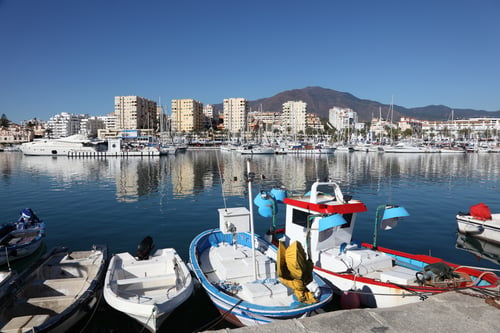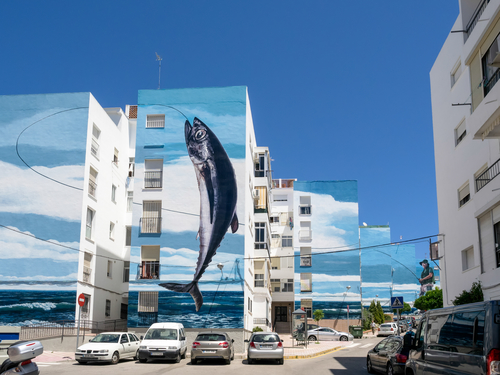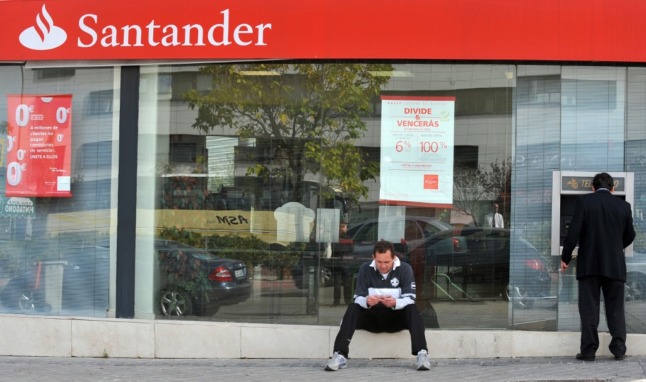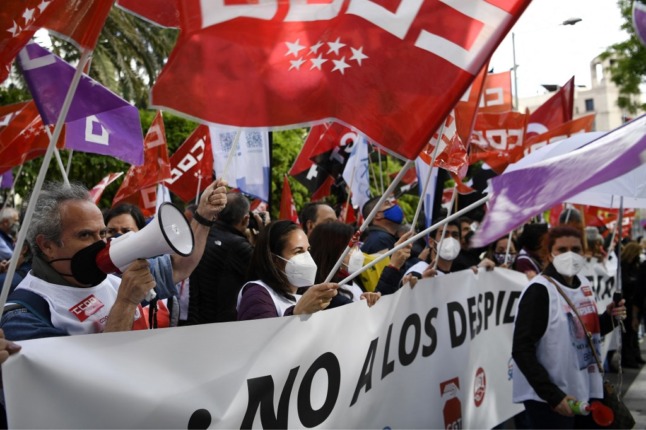My first trips outside the US were to visit Canada and Mexico during childhood summer vacations. By the time I entered university I had visited over half of the fifty US states and had established my love of travel.
My first trip abroad was to London after I completed graduate school. Accompanying my mother, we focused on typical tourist sites, museums, theatre performances, and shopping.
My parents were a great example to me as they enjoyed many overseas trips, exploring Europe, Asia, Australia, South and Central America, and of course, Canada and Mexico.
Later travels took me back to London and to other parts of the UK. I travelled alone and with groups.
In pursuing my career as a professional clinical social worker, I practiced in academic medical centers in St. Louis, Missouri, and in Galveston, Texas. My thirty-eight year commitment to patients and staff was rewarding, intense, and intellectually and emotionally consuming. Vacationing abroad served as respite from responsibilities I gladly accepted. I loved my work, and I loved the cultural and artistic opportunities offered by visits abroad.

After traveling around, Reed Morris settled on Estepona. Photo: philibus/Depositphotos
Several years in advance of retirement, I began weighing options for location, planning finances, and considering factors like my family’s needs and the means of maintaining long-distance personal relationships. I sold my home long before the mortgage crisis, and I sought advice about investments and retirement income from professionals.
In 2008 when many Americans were suffering financial woes, and looking forward to a future of “staycations”, I found myself as one of only two American women residing for the summer in a beautiful Tuscan village outside Florence. I waved at her as she bicycled past me. She smiled and waved back but it was clear that each of us wanted interactions not with other Americans but instead with “foreigners”, Italians in our case, at that time.
I stayed four months in that village and made friends with my neighbours as well as the grocer, the railway station master, several bus drivers, waiters, and the necessary hairdresser and manicurist. For the latter, I had to take the train into Florence, always a pleasure.
Travelling often brought surprises, though not always positive or welcome ones. In Santa Margherita I had an encounter with a coiled snake on the pathway from the convent where I stayed down the hill to the stop for the bus to Portofino. In Sicily I was approached by a snake of a different sort. In Salzburg I was locked into a malfunctioning funicular, and in Fez I got lost in the souk.
In Amsterdam a new-found soul sister and I explored far afield of the museum district. We forgot about time and manners. To the disdain of others on the tour, we impolitely kept the bus – filled with former friends – waiting an hour. We explained that we had been delayed by a street accident and received sympathy, but I, a truth-teller, admitted that was untrue. We had simply become enthralled with the sparkling windows of jewellery shops and lost track of time. Who among us has not been a passenger on such a bus, shaming and shunning the errant late comers? I hope one finds forgiveness.
My adventure in Spain began after an American couple in an Italian cooking class recommended wintering on the Costa del Sol where the sun shines 320 days of the year. “Pack your swimsuit and sunbathe on the beaches of the beautiful turquoise Mediterranean,” they suggested, adding, “Get lost in the mysterious narrow streets of the white villages. Discover tapas and Spanish wine and music.”
The picture they painted was enticing, and I responded with enthusiasm to the thought of a Spanish adventure. I booked a holiday apartment in the port of Estepona, close to the marina, bars and restaurants, and a short walk along the paseo into town. After brief stays in Madrid and Malaga, I arrived in Estepona.
The apartment was exactly as pictured online, only better. The kitchen window framed palm trees and the view from the balcony introduced me to Gibraltar. The landlords announced they would join me that first evening. “Don’t worry. We will bring wine and tapas and our president.” A newcomer, eager to make friends, despite my lack of understanding their proposal, I agreed, praising their generosity.
An hour later, the doorbell rang. Standing there was Jack, a man appearing to be his mid-seventies, dressed in British khaki shorts and a naval sweater. He was carrying a bottle of Spanish Rioja wine. He spoke perfect well-articulated English, told me that he, as President of the Condominium Association, greeted all new residents.
Thus began a new phase of life for both of us. We married six months later in Houston, Texas, and honeymooned in Savannah, Georgia. Age is a private matter to me, but I was well into my fifties when I retired. Like the song says, I was older then, I am younger than that now.
Diana and Jack have made their life in Estepona.
During the first three years of our marriage, we spent over five hundred days in holiday apartments, hotels and paradors. I learned that Spain is much larger than I thought, three-quarters the size of Texas and about four times the size of England.



.jpg)



 Please whitelist us to continue reading.
Please whitelist us to continue reading.